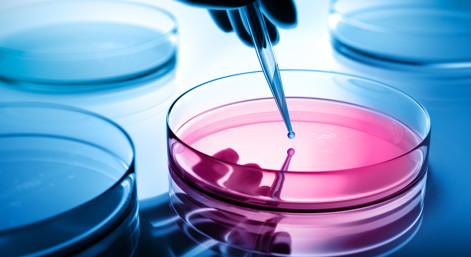Recently Updated Blogs
Most Overused Personal Statement Topics Whilst consulting ‘the classics’ of your subject is important for getting a well-rounded overview, applicants often risk packing their personal statements with the same resources or topics as every other applicant. Our expert consultants have spent years advising thousands of applicants on their personal statements,…
Following several years of disruption and format changes to Oxford and Cambridge interviews as a result of the COVID-19 pandemic, applicants eagerly await notification from the universities to confirm in what format their interviews will be. Will they be in person or online; what equipment will be required; and how…
If you’re sitting an admissions test (or two!) this autumn for your application to Oxford or Cambridge, it’s crucial that you get a few key dates into your diary, namely: registration opening, registration closing, and the date of the test itself! Jump to the test(s) you are taking to note…
How Can I Use ChatGPT for My Personal Statement? With AI-powered tools such as ChatGPT becoming increasingly popular, we are seeing more and more applicants wondering about how to use these tools to help their university application. Whilst harnessing AI can be very beneficial, danger this way lies: over-reliance…
Choosing an Oxford College One key aspect which separates an Oxbridge application from most other UK universities is the choice of college. The college you are offered a place for will be a big part of your university experience. However, how do you pick between colleges when you don’t know…


 Happy New Year and welcome back to my science and medical blog! I hope you all had a wonderful holiday season, and for those of you who had your Oxbridge interviews in early December, I wish you all the very best of luck this January as you get your letters in the post. For new applicants looking to study a science course, this is a great place to start reading around your subject area!
Happy New Year and welcome back to my science and medical blog! I hope you all had a wonderful holiday season, and for those of you who had your Oxbridge interviews in early December, I wish you all the very best of luck this January as you get your letters in the post. For new applicants looking to study a science course, this is a great place to start reading around your subject area! This development is incredibly exciting as the need for novel antibiotics is becoming increasingly pressing. Already, the Northeastern University team has identified around 25 new potential antibiotics, with one, teixobactin, showing the most promise. Not only did teixobactin show high toxicity versus bacteria while remaining non-toxic to mammalian cells, but it was able to clear a deadly dose MRSA from infected mice. The next step now is for clinical trials to begin in humans, and it’s not a moment too late! As the incidence of antibiotic resistance continues to rise globally, the arrival of new antibiotics will be a welcome addition to combat their spread. However, it is only a matter of time before natural selection will drive the appearance of bacteria resistant to these new antibiotics, and so the cycle will continue!
This development is incredibly exciting as the need for novel antibiotics is becoming increasingly pressing. Already, the Northeastern University team has identified around 25 new potential antibiotics, with one, teixobactin, showing the most promise. Not only did teixobactin show high toxicity versus bacteria while remaining non-toxic to mammalian cells, but it was able to clear a deadly dose MRSA from infected mice. The next step now is for clinical trials to begin in humans, and it’s not a moment too late! As the incidence of antibiotic resistance continues to rise globally, the arrival of new antibiotics will be a welcome addition to combat their spread. However, it is only a matter of time before natural selection will drive the appearance of bacteria resistant to these new antibiotics, and so the cycle will continue!
